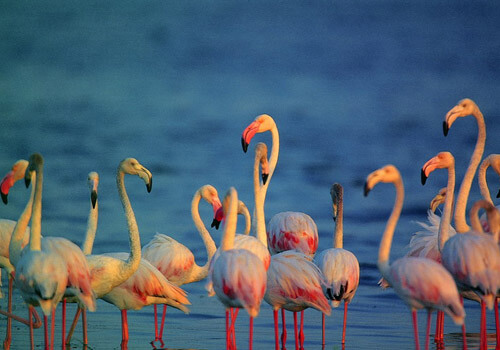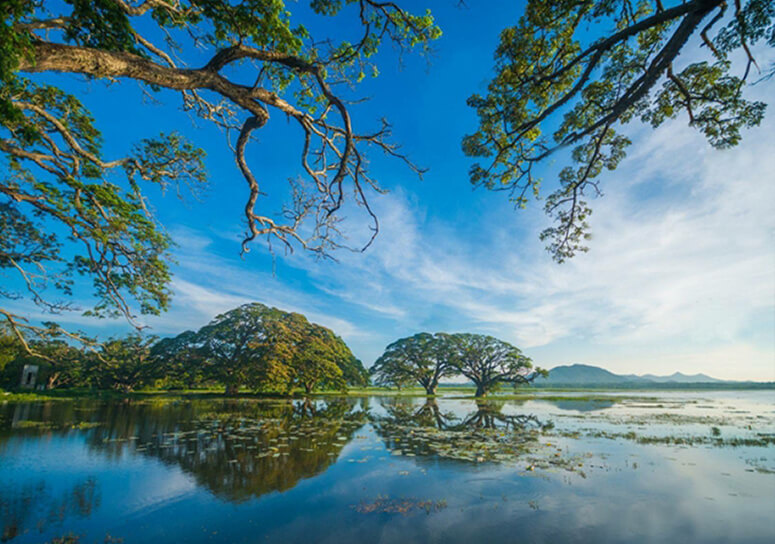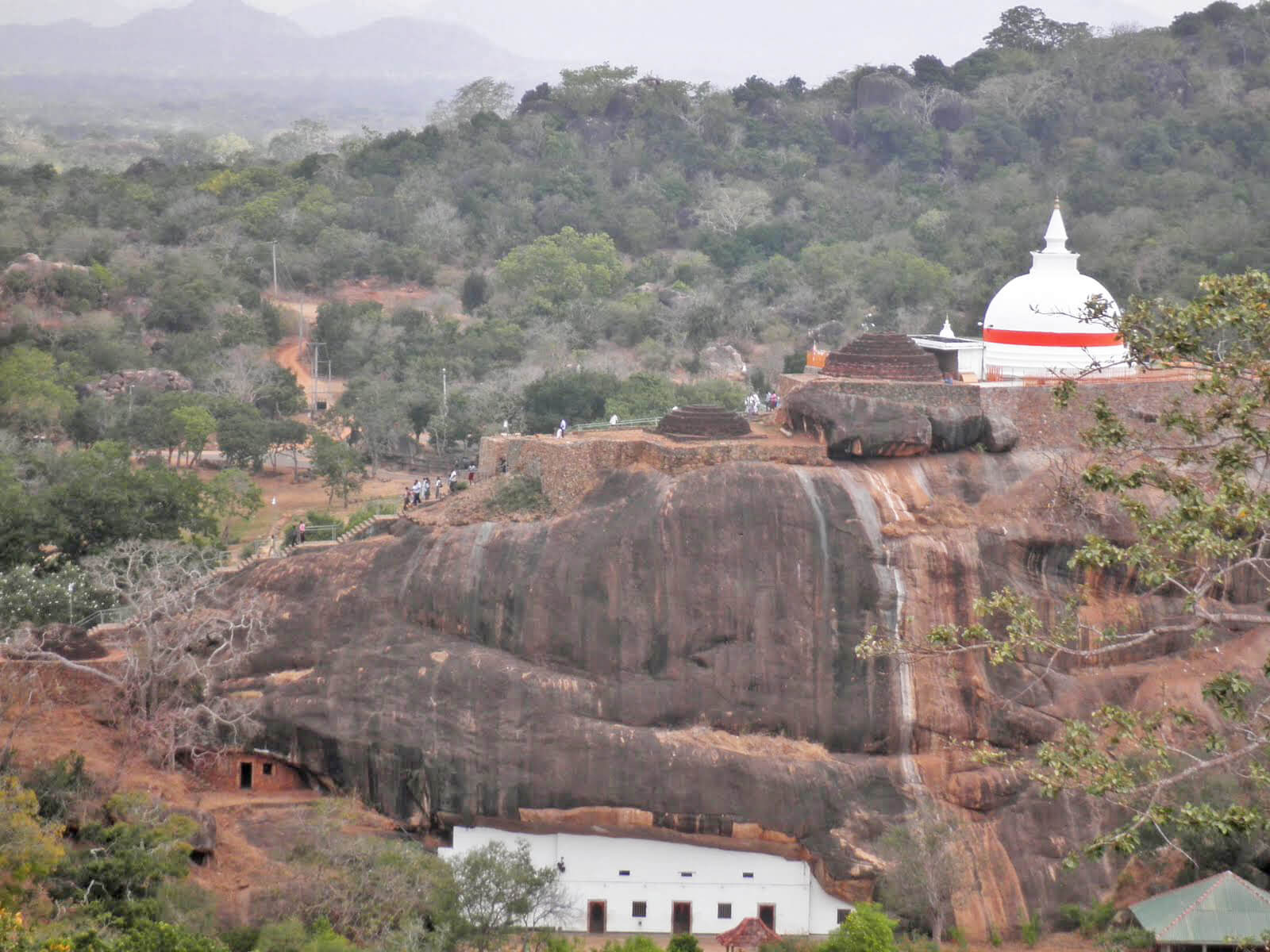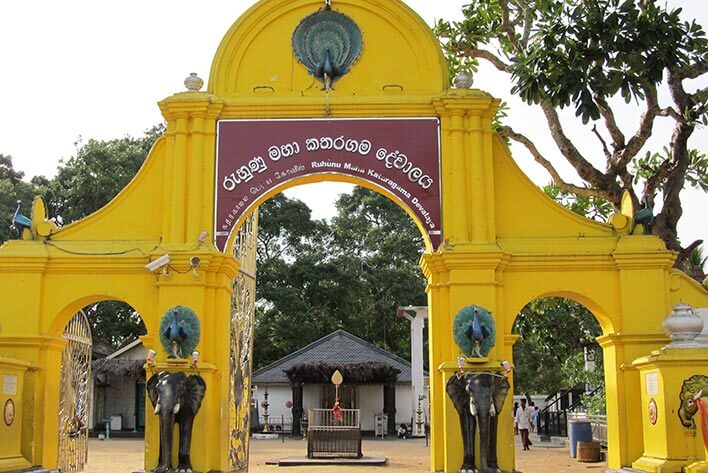Yala National Park
Yala National Park that consists of five blocks is the most visited and second largest national park in Sri Lanka. Though Yala spreads over an area of 1260 square kilometers, only one fifth of the area is open to the visitors. Four-fifths of the park is a strictly designated Natural Reserve. Adjoining the eastern border of the park is Kumana. The rocky outcrops scattered over the park provides vantage points to enjoy the sprawling areas with Sri Lanka’s dry zone landscape: low scrub and woods. Stillmore, the southern border of the park being the south-eastern coast, the brackish lagoons and dunes enhances the distinctive charm of the Yala National Park.

Bundala National Park
Much less visited than nearby Yala National Park, Bundala National Park is an excellent choice for birders, and you've a good chance of spotting crocs, wild boar, mongooses, monitor lizards, monkeys and elephants. Most people visit on jeep tours from Tissamaharama. Bundala is open year-round, allowing wildlife junkies to get a wet-season fix.

Tissa Lake
The centrepiece of the town and its surrounds is the lovely Tissa Wewa (Tissa Tank), a huge artificial lake. In the evening, check out the flocks of egrets that descend onto the trees around the lake to roost. The road along the southern edge has a wide Lakeside Walkway for strolling. Don't be tempted to swim here as crocodiles are sometimes spotted.

Sithulpawwa Rock Temple
Situlpawwa rock temple with a history of over 2000 years is one of the significant Buddhist sites built in the 2nd Century BC. Located deep within the Yala National Park within the Hambantota district in the deep south of Sri Lanka. Sithulpawwa rock temple has a stunning setting. There are two temples perched high atop hard volcanic rock outcrops. Maha Sithulpauwa rock is 400 feet in height. The dagoba is situated on top of the rock and is reached by a difficult steep climb, aided by steps cut into the rock. The dagoba is believed to have been built by king Kawantissa. It houses an intricate cave complex.

Katharagama Temple
The main shrine devoted to Skanda popularly described in eulogies as God having six faces and twelve arms whose assistance is sought for worldly gain. The history of the shrine dates back to 2 century BC. The annual procession held in July or August is the main event of the shrine with fire walkers and Kawadi dancers. Offering to the got are made at 4.30am 10.30am and 6.30pm daily.

Kirinda Temple
Kirinda centres on this imposing hilltop Buddhist shrine, which includes a stupa and huge standing Buddha. It's dedicated to Queen Viharamahadevi, who lived in the 2nd century BC and is at the heart of a local legend: when raging waters threatened Ceylon, King Kelanitissa ordered his youngest daughter, then a princess, into a boat as a sacrifice. The waters were calmed and the princess miraculously survived. Some 2000 years later, the temple was a place of refuge during the 2004 tsunami.
